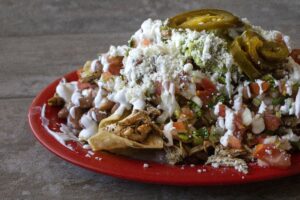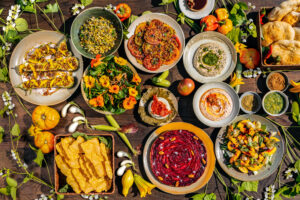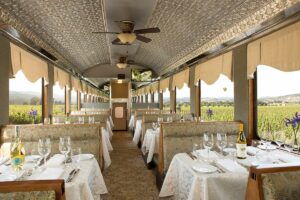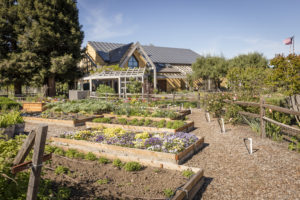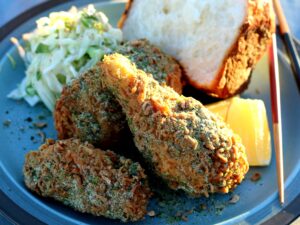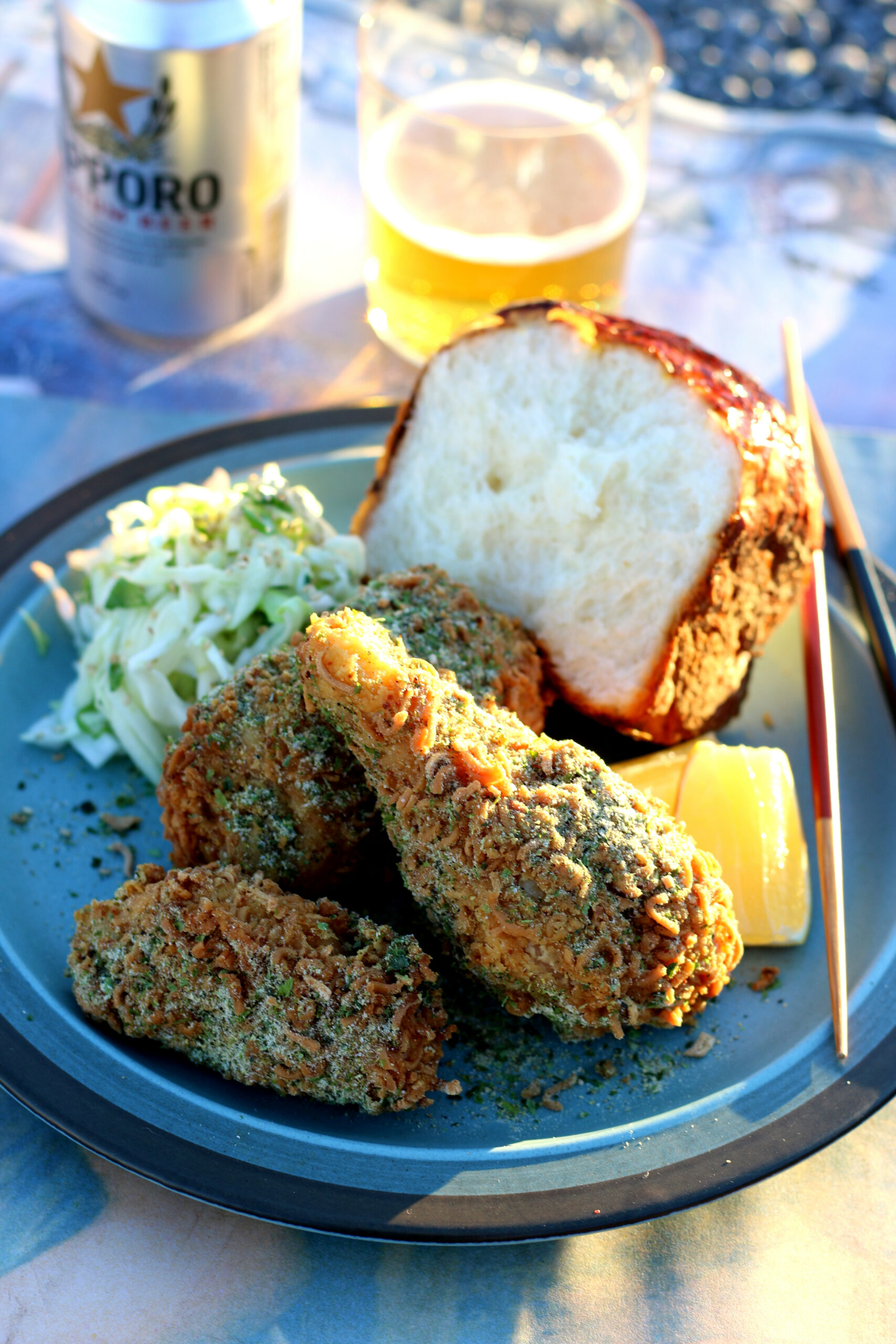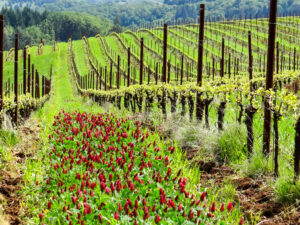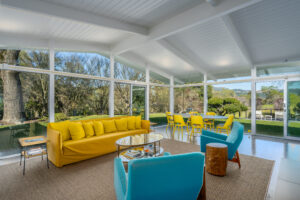Stephen Carter remembers the moment he first met radicchio like it was yesterday.
He was studying at Petaluma’s renowned farm school, Green String Institute, and he and his classmates were harvesting chicories for Alice Waters at Chez Panisse. “The stuff looked old and moldy, and the guy who was teaching us just wiped off this outer layer and, underneath, there were these brightly-colored vegetables—pale-green leaves, almost white, with dots of red and brightgreen at the center.” And so, it began.
Now, looking around the grounds of Scribe Winery, at Carter’s neatly planted rows of radicchio and chard and dandelion greens, ferny-leafed cardoons and sculptural puntarelle, finger-like fava beans and vivid purple cauliflowers, it’s hard to believe that Stephen Carter hasn’t always been growing radicchio and chard and, well, everything else. But in fact, tending the vegetables and fruit trees and chickens at the scenic Sonoma Valley vineyard is just his latest endeavor. As Kelly Mariani, Scribe’s chef and Carter’s former Chez Panisse colleague puts it, “I feel like Stephen’s lived many lives.”
You might say that Carter was raised with cooking in his blood: His mother’s parents were sharecroppers in Arkansas before moving to the East Bay.When Stephen and his sister were growing up, the entire family gathered at the grandparents’ house for big, celebratory Sunday dinners. “We’d shell peas with my grandma in the living room,” Carter recalls. “She would put on ‘Dallas,’ or whatever soap opera she was watching at the time, and me and my sister would snap peas with her, and she would tell us weird stories about Arkansas.” His parents carried on the tradition of cooking and hosting, throwing tea parties for his sister: “They would have all the weird English tea dishes,” he remembers, “like pickles wrapped with ham and mayonnaise.”
Carter didn’t like the mayonnaise (still doesn’t, in fact), but his love of food has endured through many adventures in his adult life. After graduating from Palo Alto High School, Carter attended Utah State University, where he’d climb 10,000-foot peaks on weekends. He worked a summer in Glacier National Park, built bicycles in New York City for a spell, and then traveled extensively through Japan, Korea, and Australia.
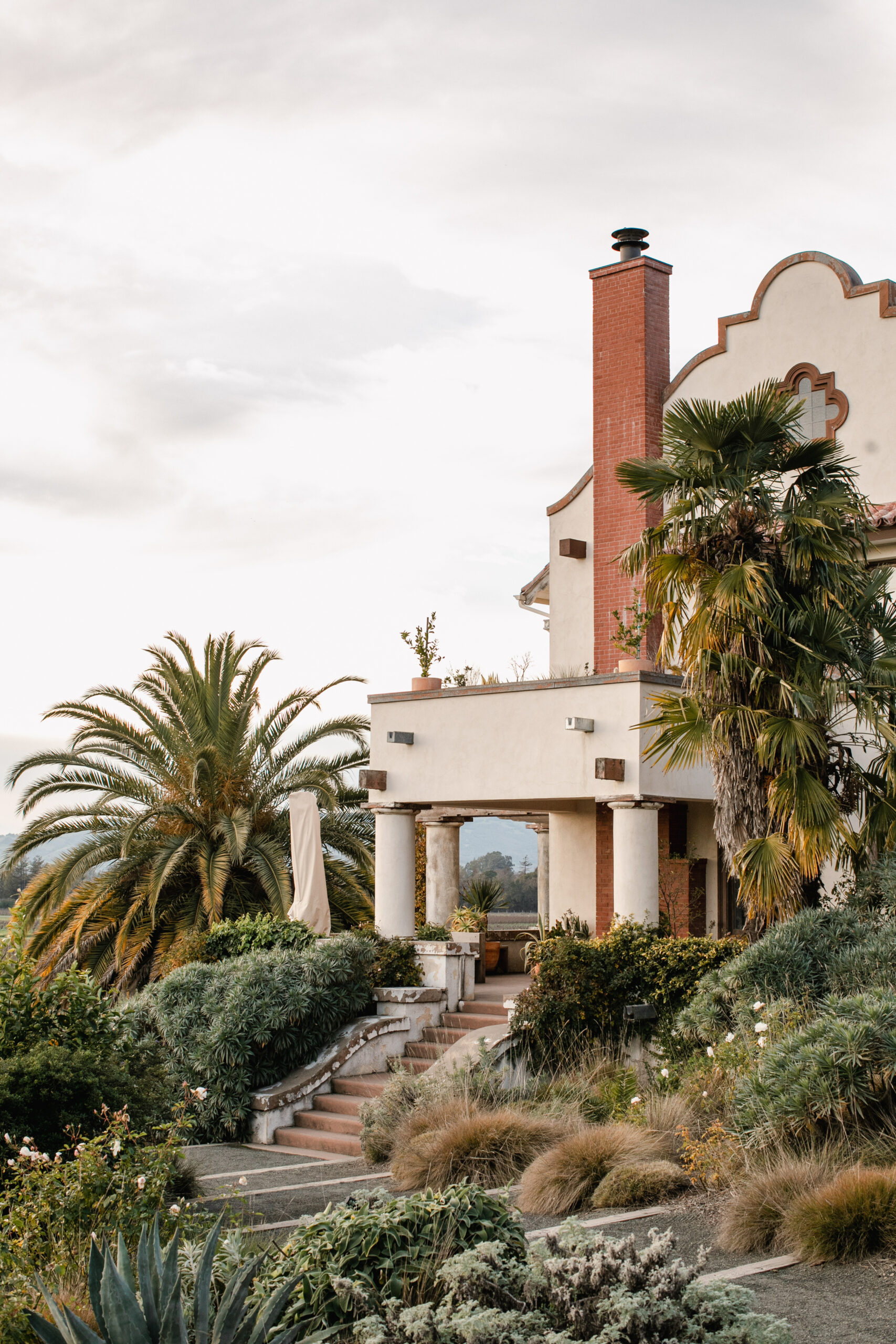
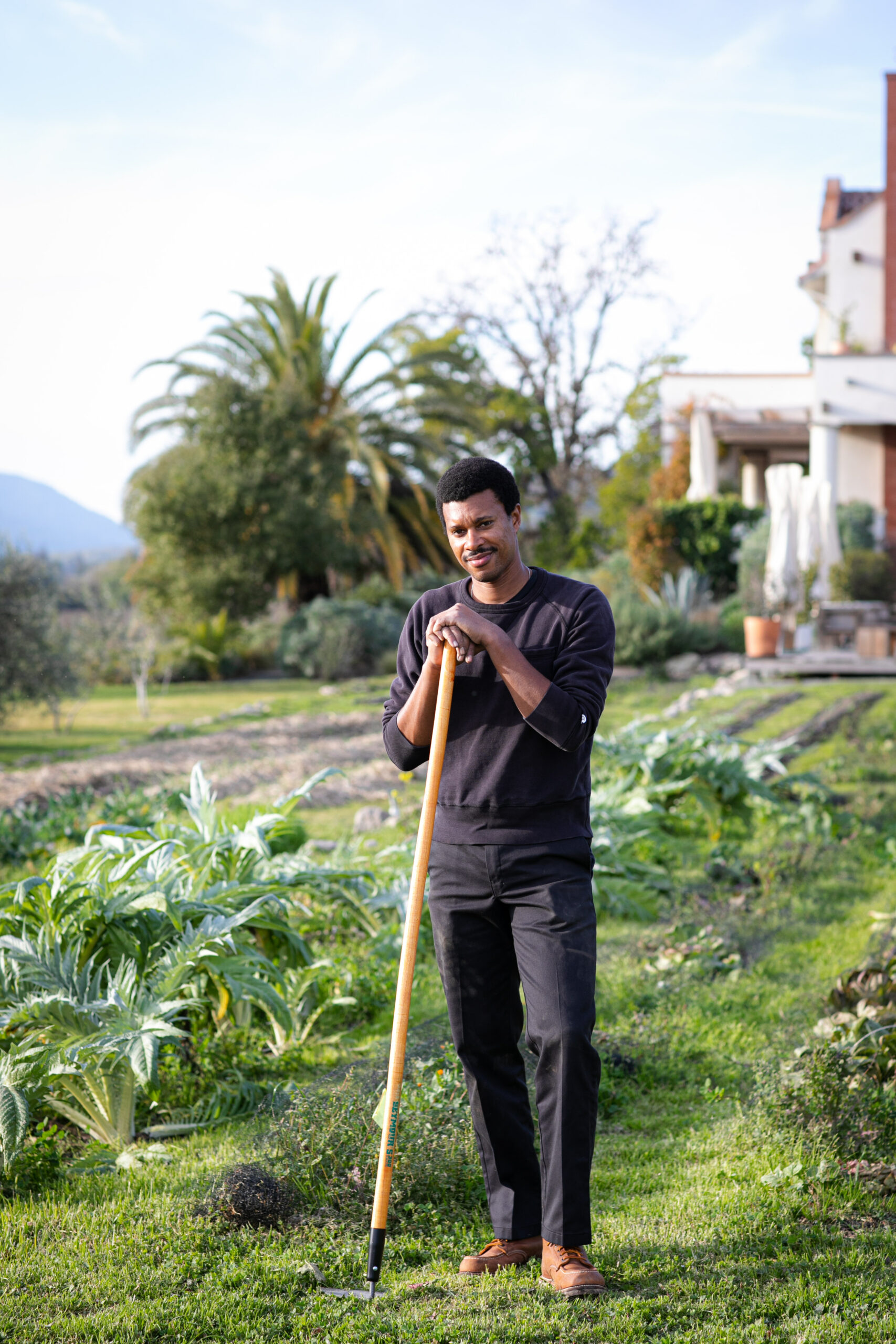
Back to the roots
Upon returning to his native California after years of exploration, Carter started spinning closer and closer to the world of food. His first food job was a stint as a ranch hand at Terra Firma Farm in Yolo County; his second was as a busser at Chez Panisse. While there, Carter had a whole new crop of food experiences. From his post in the kitchen, he would see coworkers prepping gorgeous salads — “They would literally take two hands and massage the lettuce,” he says. One day, during staff meal, for dessert, each person received, simply, a slice of pear. “I had it, and it was the best pear I’d ever had.”
Inspired by these revelations—and a fateful visit to Green String on his first day at Chez— Carter enrolled at the school to learn to be a farmer. Every morning, he and his classmates worked in the fields, and every afternoon, they would meet farm founder Bob Cannard for a daily lesson. “We learned an insane amount of information,” Carter remembers. “[Bob] would talk so fast, and everyone was just writing in their notebooks, as fast as we could.” Carter’s time at Green String led him to farming at SHED in Healdsburg and, in fall 2018, to Scribe. As Scribe’s Head Farmer, Carter grows all the fruits, vegetables, and herbs that chef Kelly Mariani and her team need, from radishes and turnips for crudité boards to artichokes and tomatoes for winery dinners.
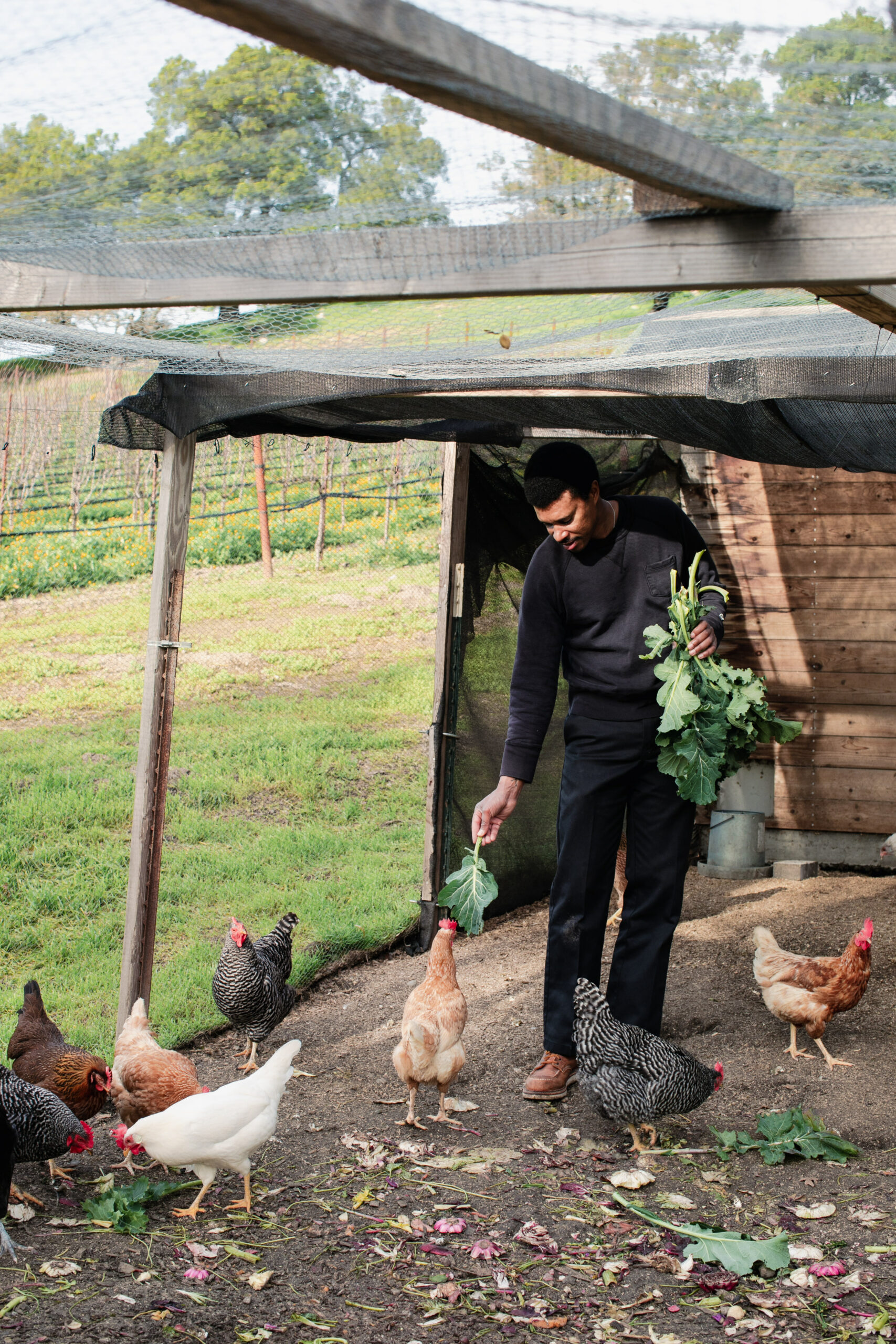
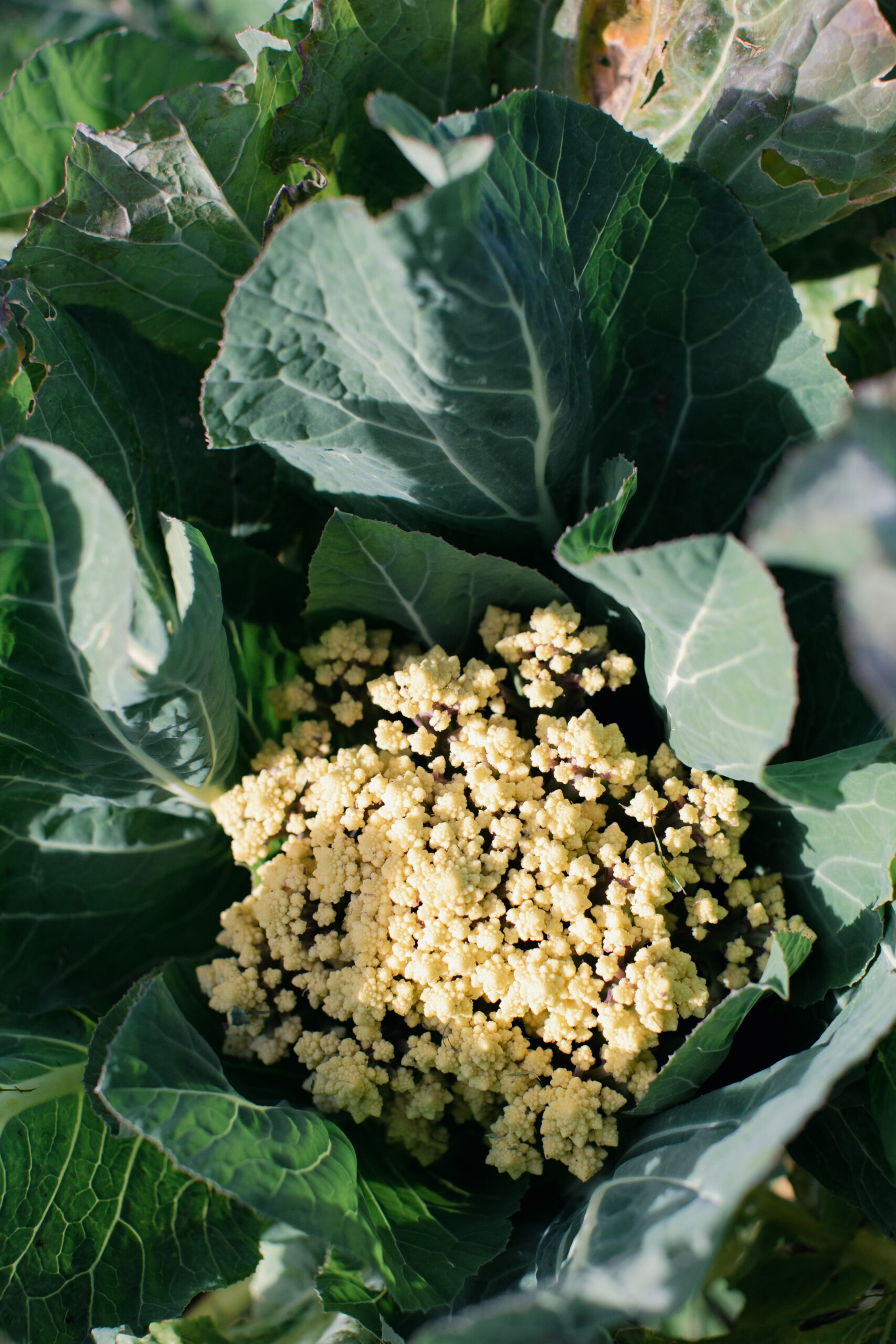
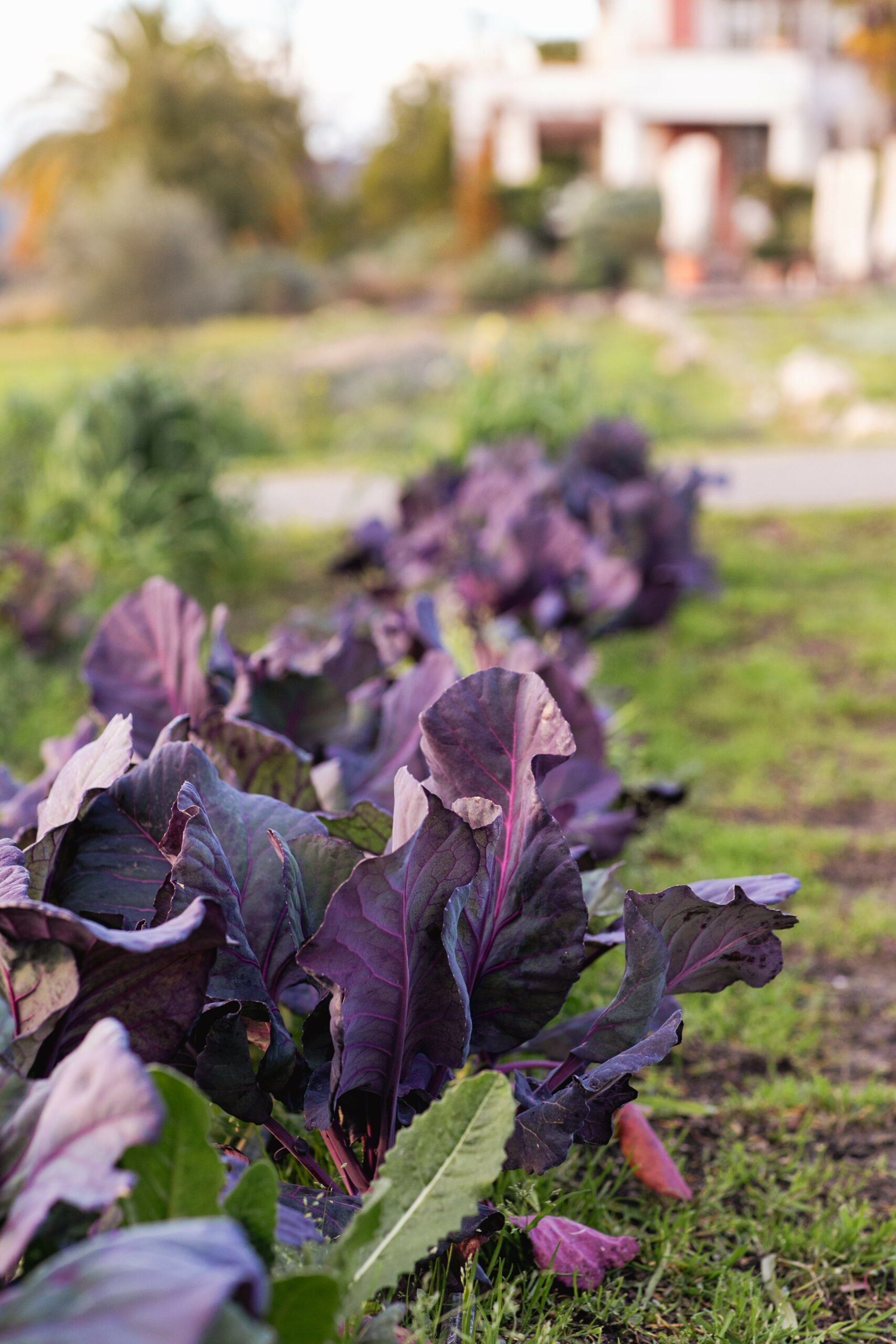
The allure of spring
Carter especially loves springtime in the gardens at Scribe: “You still have those really cool mornings, and the heat doesn’t get too high in the peak of the day.” Those conditions make for fresh, delicately-flavored vegetables, vegetables at peak deliciousness. Dreaming of that ultra-fresh produce, Carter starts reeling off some of his favorite things to eat as the weather starts to warm: just-picked radishes, with a little butter and salt. Shaved fennel in a salad. Lightly-blanched snap peas.
Of course, not every day is fresh radishes and crisp snap peas. Like other farmers, Carter faces challenges in the field. “I have two customers, basically,” he explains, “Kelly, and whatever animals come into the garden.” Those animals include quail (which love to nibble on budding brassicas), turkeys (which scratch tender young crops), and deer— who wait until the produce is perfectly harvest-ready, then eat the hearts out of everything. And then, of course, there are the gophers approaching from underground, undeterred by the nets Carter erects to fend off the birds and deer.
And yet, somehow, the farmer persists, day in and day out. How does he still get up and do it, every day? First of all, Carter says, he keeps in mind that, “No matter what’s going on with this crop, there’s always another one coming. That is another challenge, and another opportunity.” For the most part, Carter works solo, and he enjoys the time his work affords him to learn. Recently, he’s listened to such books as “Heavy” and “Parable of the Sower” while tending his crops. And, of course, Carter says, “It doesn’t really get much better than when you have a really successful harvest, and you get to bring it into the kitchen and see it transformed into something right in front of your eyes, then sit down and taste it.”
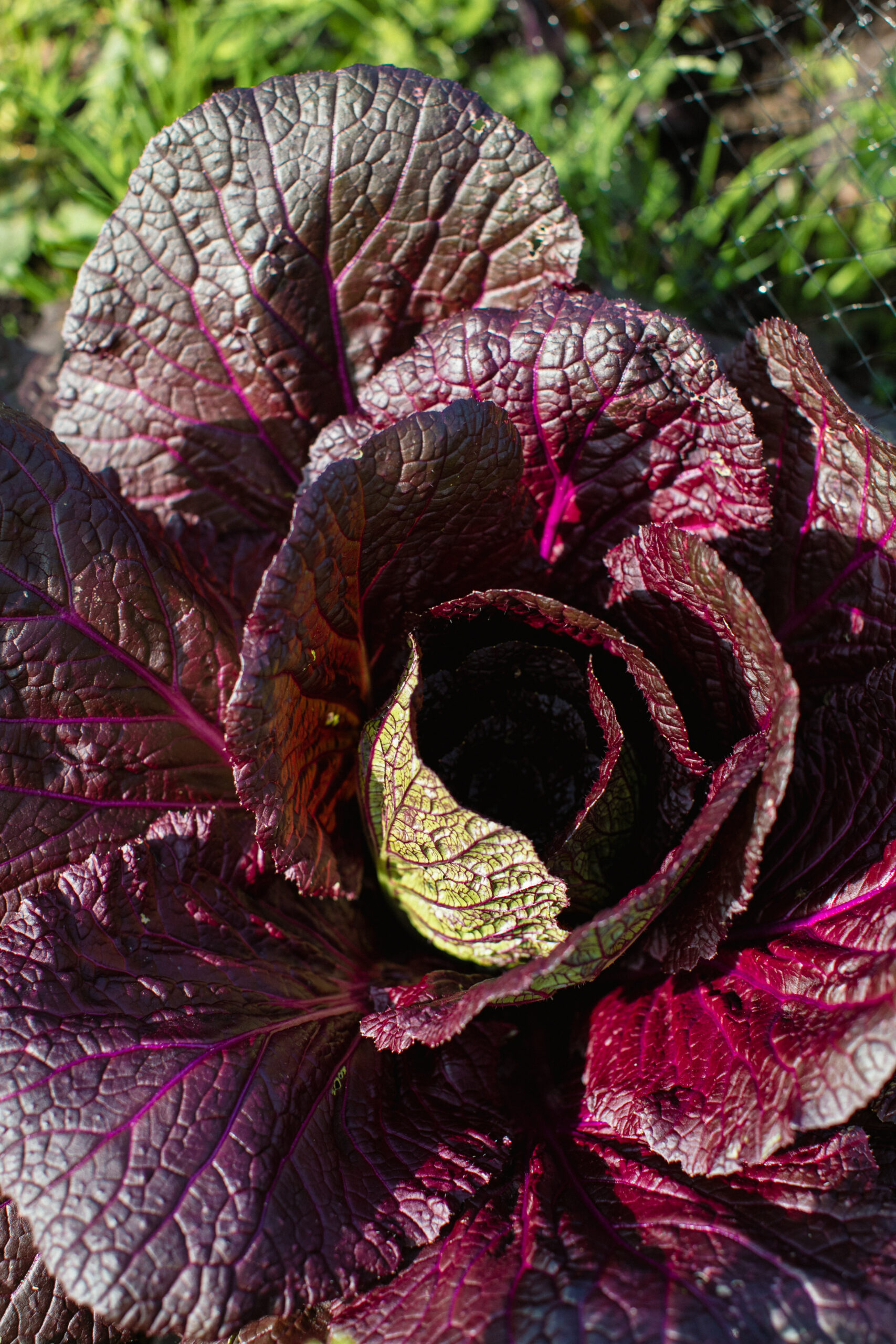
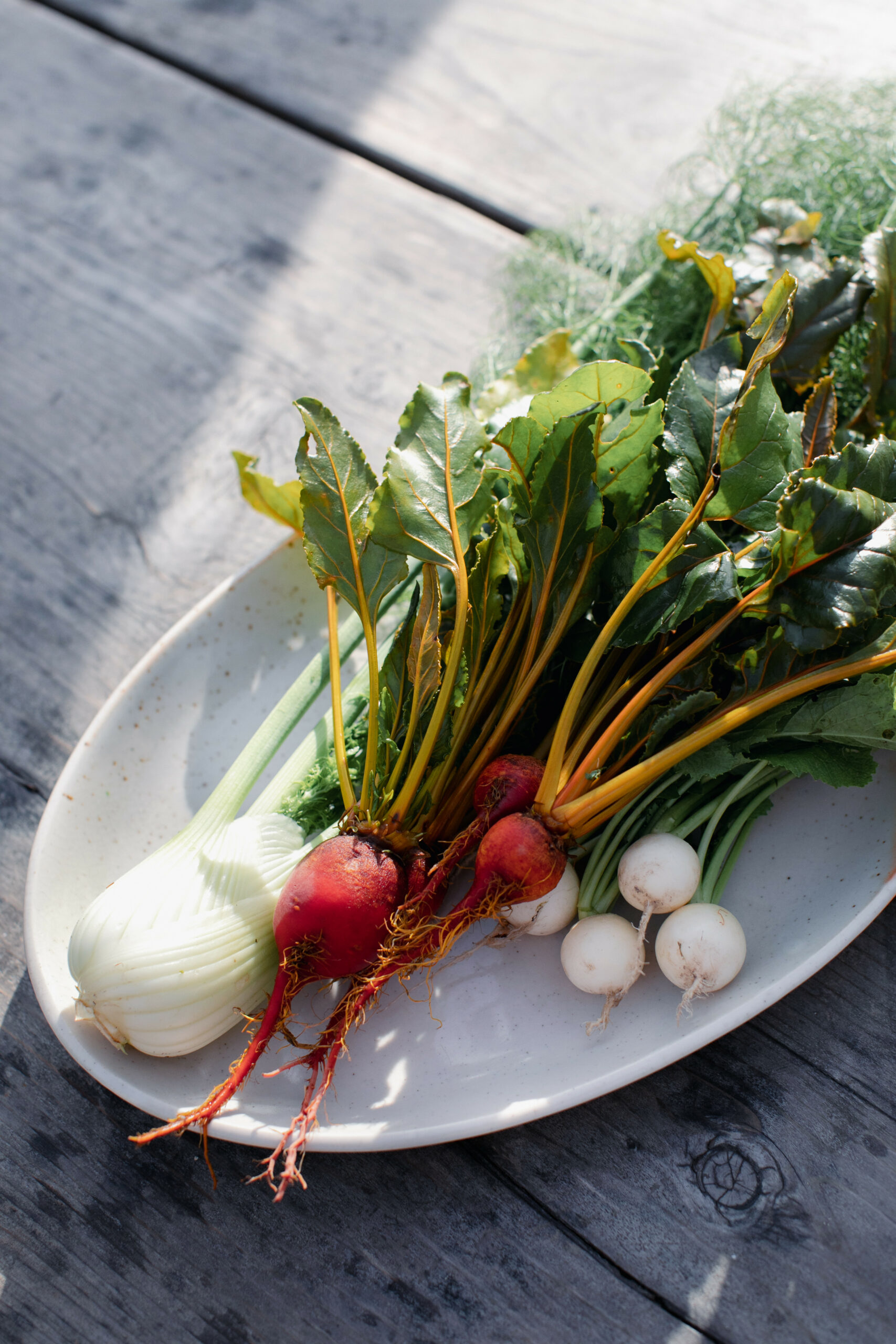
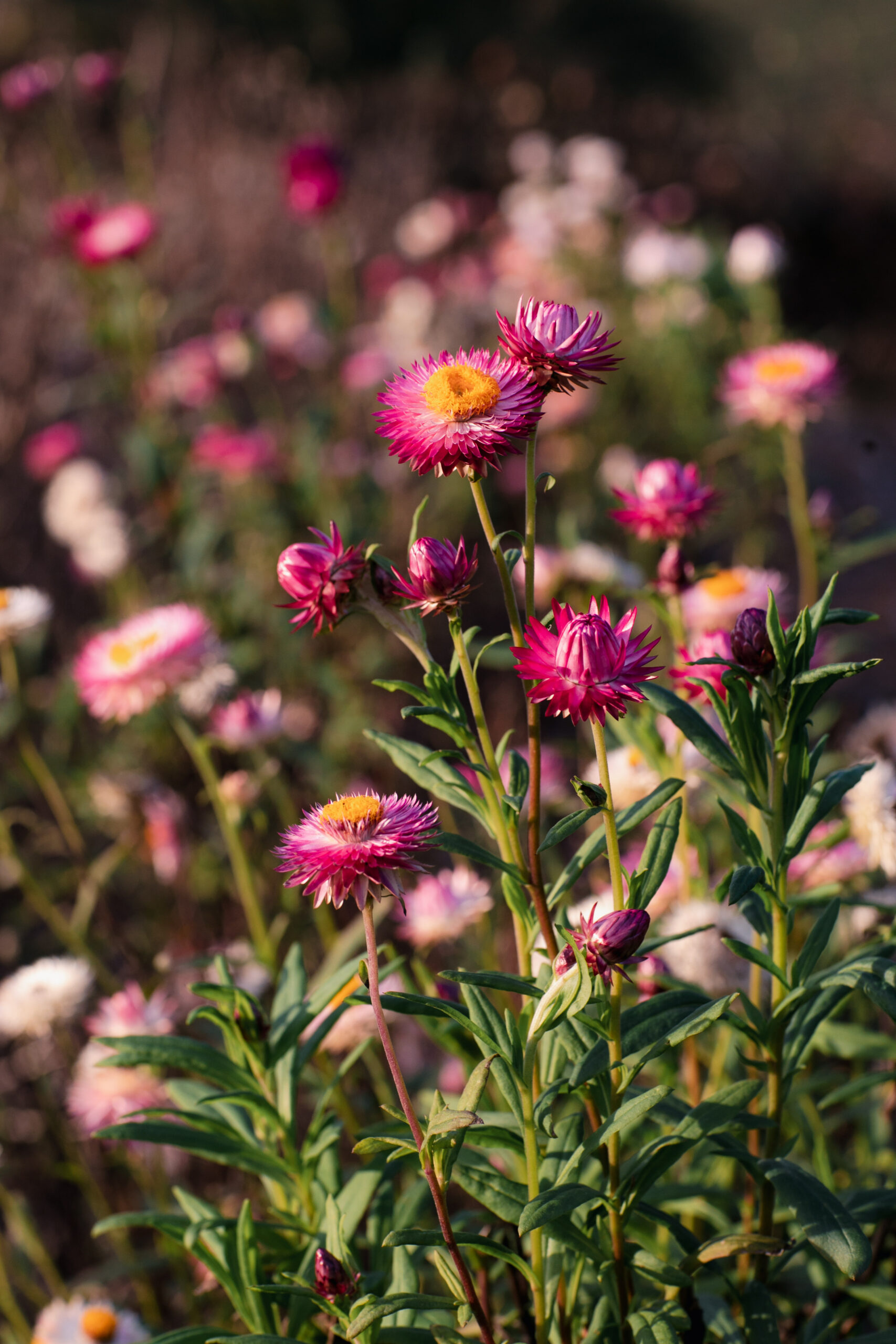
Over the years, the farmer has seen numerous chefs transform the fruits of his labors, from Mariani to chefs-in-residence such as Ashley Christensen of Poole’s Diner and barbecue master Matt Horn. Carter remembers one chef’s visit especially fondly: Mashama Bailey of The Grey. “It was pretty awesome,” he says, “having this Black woman that started her own restaurant come out to the garden and talk to me about food, and us getting to talk to each other about what it’s like being Black people in these spaces we’re occupying.”
As part of her residency, Bailey created a special dinner, which Carter’s parents attended. Bailey cooked a greens dish, and Stephen’s mom, an avid gardener and canner, contributed food that she had made herself. It’s moments like those dinners that, for Carter, make the work worthwhile. “You can tell that people get pretty stoked about coming to the property,” he says. “It feels good to see people get really excited, and — when life is pretty hard for a lot of people — to just be able to provide them with food that they can take some comfort in.”
To taste wine and savor meals featuring Carter’s incredible produce, join Scribe’s wine club, the Scribe Viticultural Society. 2100 Denmark Street, Sonoma. 707-939-1858, scribewinery.com
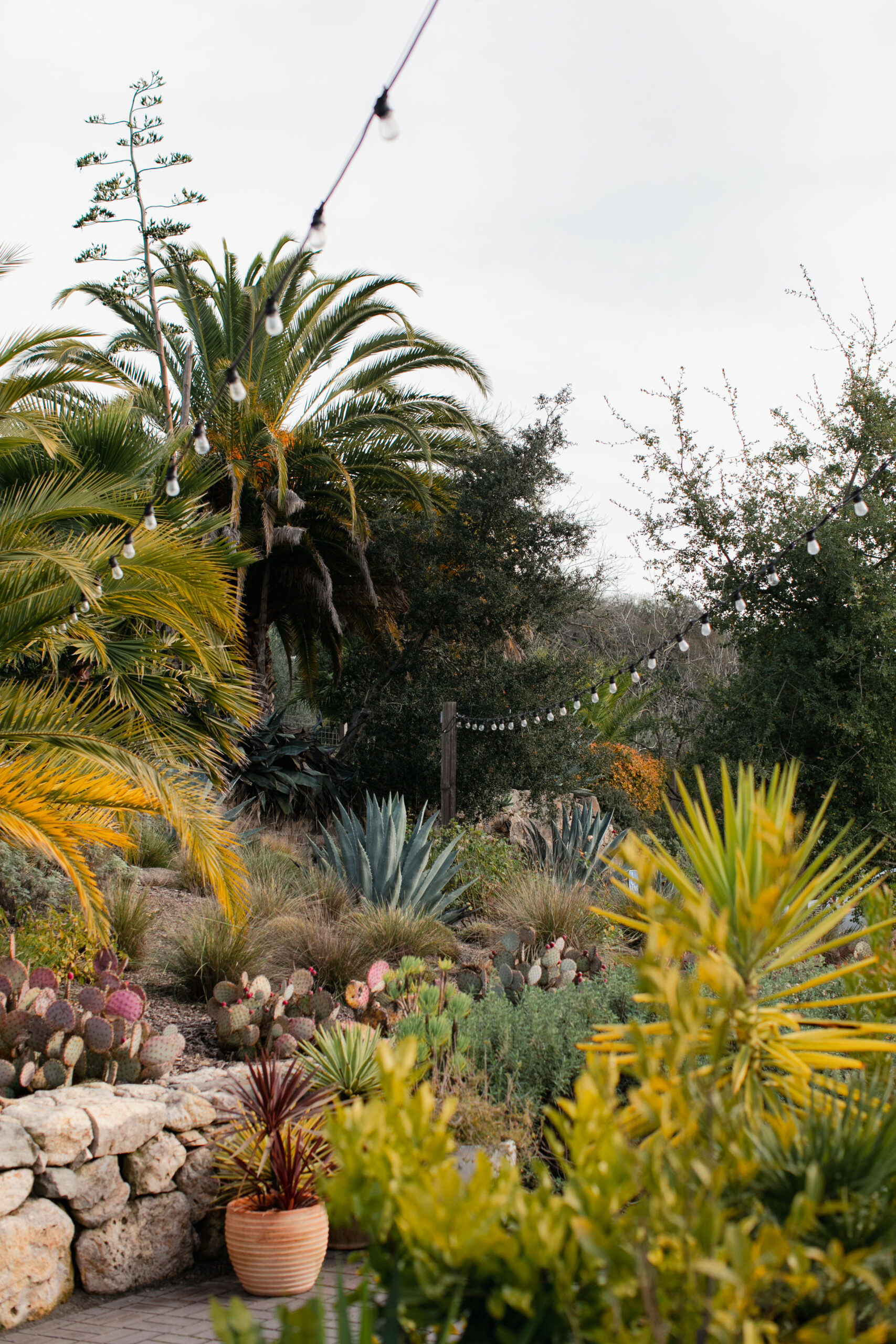
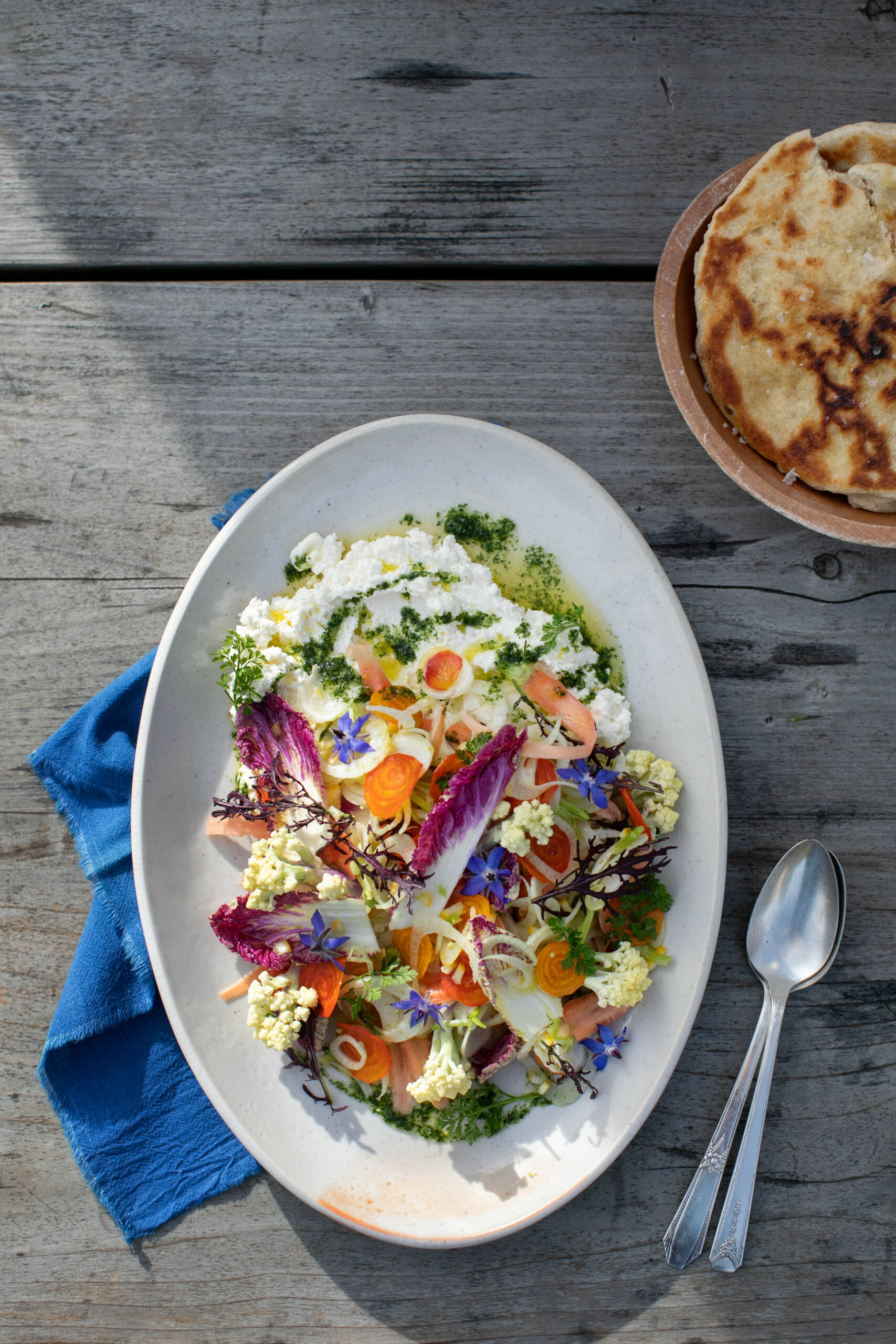
Shaved Spring Vegetable Salad
Chef Kelly Mariani, formerly of Chez Panisse, celebrates farmer Stephen Carter’s spring vegetables in this vibrant dish, often served with Scribe’s Rosé of Pinot Noir. Mariani also notes that, while there’s nothing better than homemade ricotta, storebought also works in this dish. She likes to serve this salad with rounds of homemade grilled flatbread.
Serves 4
For the vinaigrette:
1 Meyer lemon
3 tablespoons white wine vinegar
¼ cup olive oil
Pinch of sea salt
For the herb oil:
¼ cup olive oil
½ cup fresh herbs: a mixture of parsley, chervil, dill, chives, and mint
1 teaspoon chopped green garlic, or a half-clove of garlic
Pinch of sea salt
For the salad:
1 ½ cups mixed spring vegetables: fennel, radishes, turnips, carrots, and beets, thinly shaved using a mandoline
1 cup spring salad greens: arugula, mustard, radicchio, and watercress, torn into bite-size pieces
½ cup fresh herbs: chervil, mint, dill, and parsley, torn into bite-size pieces
1 cup fresh ricotta
Sea salt
Black pepper
Instructions:
First, make the herb oil. Place all ingredients in a blender and blend until smooth. Set aside.
Next, make the vinaigrette. Cut both ends off the lemon, then slice it in half lengthwise and discard the center core and seeds. Finely dice both the rind and the flesh of the lemon. Place the diced bits into a small bowl, and squeeze the ends of the lemon on top to get the juice. Add the vinegar, olive oil, and a pinch of salt, and set aside.
Place the vegetables, greens, and herbs in a bowl and season with salt and pepper.
Spoon the vinaigrette over the top and toss generously. Taste and adjust the seasoning.
To assemble the finished salad, spread the ricotta onto a platter. Spoon the herb oil over the ricotta and season with flaky salt.
Mound the vegetable mixture on top, and serve with flatbread.
Homemade Ricotta
Makes about 1 cup
3 ¾ cup whole milk
¼ cup whipping cream
½ teaspoon sea salt
¼ cup distilled vinegar
Place a fine mesh strainer over a large bowl, and line it with a double layer of cheesecloth and set aside. Combine all the ingredients in a medium saucepan and heat over a medium heat until the mixture reads 165 degrees. At this point the mixture should be curdled and the whey, the liquid, will be much clearer. Use a slotted spoon to scoop out the solids, then gently pour the remaining liquid through the strainer. Let the mixture drain for just a few minutes for a softer texture, or longer if you like a firmer, more crumbly cheese.
Homemade Flatbread
Makes 4 large or 6 small flatbreads
¾ cup warm water
2 teaspoons yeast
½ teaspoon sugar
¼ cup whole wheat flour
¼ cup all-purpose flour
Whisk together all the ingredients and let them rest for 15 minutes.
After it has rested, add the following to the mixture:
2 cups all-purpose flour
2 tablespoons olive oil
1 teaspoon sea salt
Then, to finish the dough mixture, mix in ¼ cup plain yogurt.
Knead the dough for 2 minutes, then let it rest for 10 minutes covered with plastic. Knead it again for another minute and put into an oiled bowl. Cover the bowl with plastic and allow to rise on a countertop for 2 hours.
Alternatively, if you would like to make the dough in advance, instead of allowing it to rise on the countertop for two hours, put it in the refrigerator overnight. Pull the dough from the refrigerator 2 hours before you plan to cook the flatbreads.
Roll out the dough into 4 to 6 balls and dust with flour. Cover again and allow to rise for 1 additional hour until cooking.
Use your hands or a rolling pin to stretch or roll out each ball of dough until each is about ¼ inch thick. Heat a pan on medium high, add a nub of butter, and cook the flatbreads, one at a time, on both sides until golden brown. Alternatively, you can grill the flatbreads on a hot, oiled grill.



